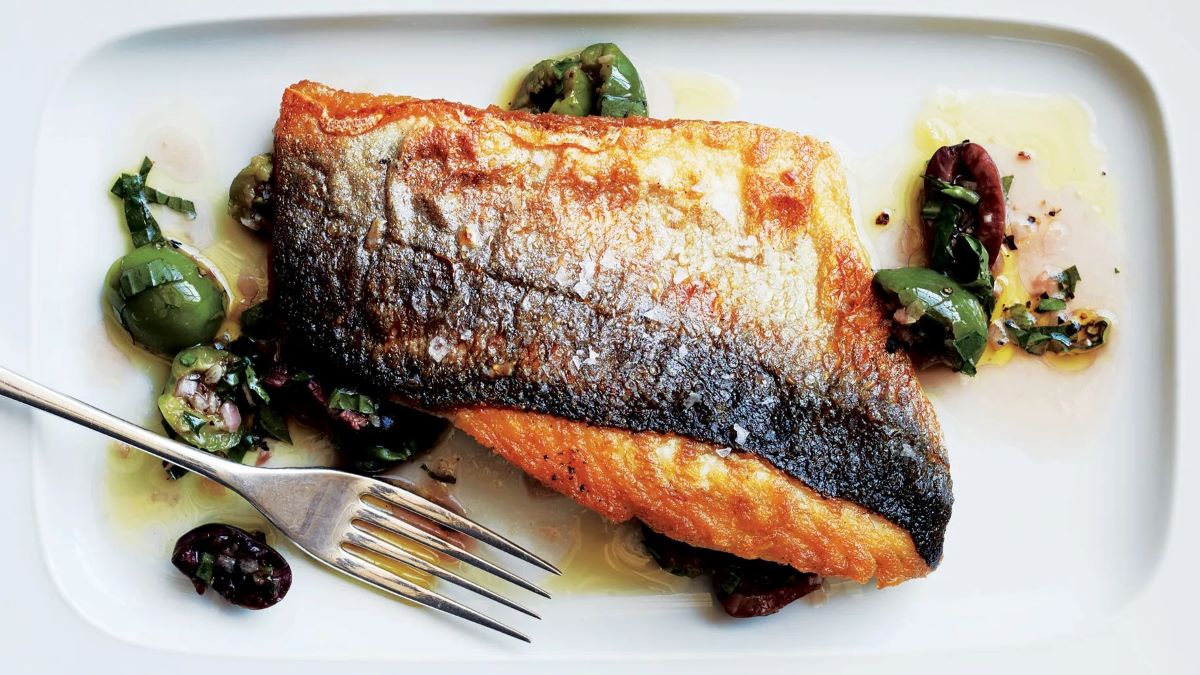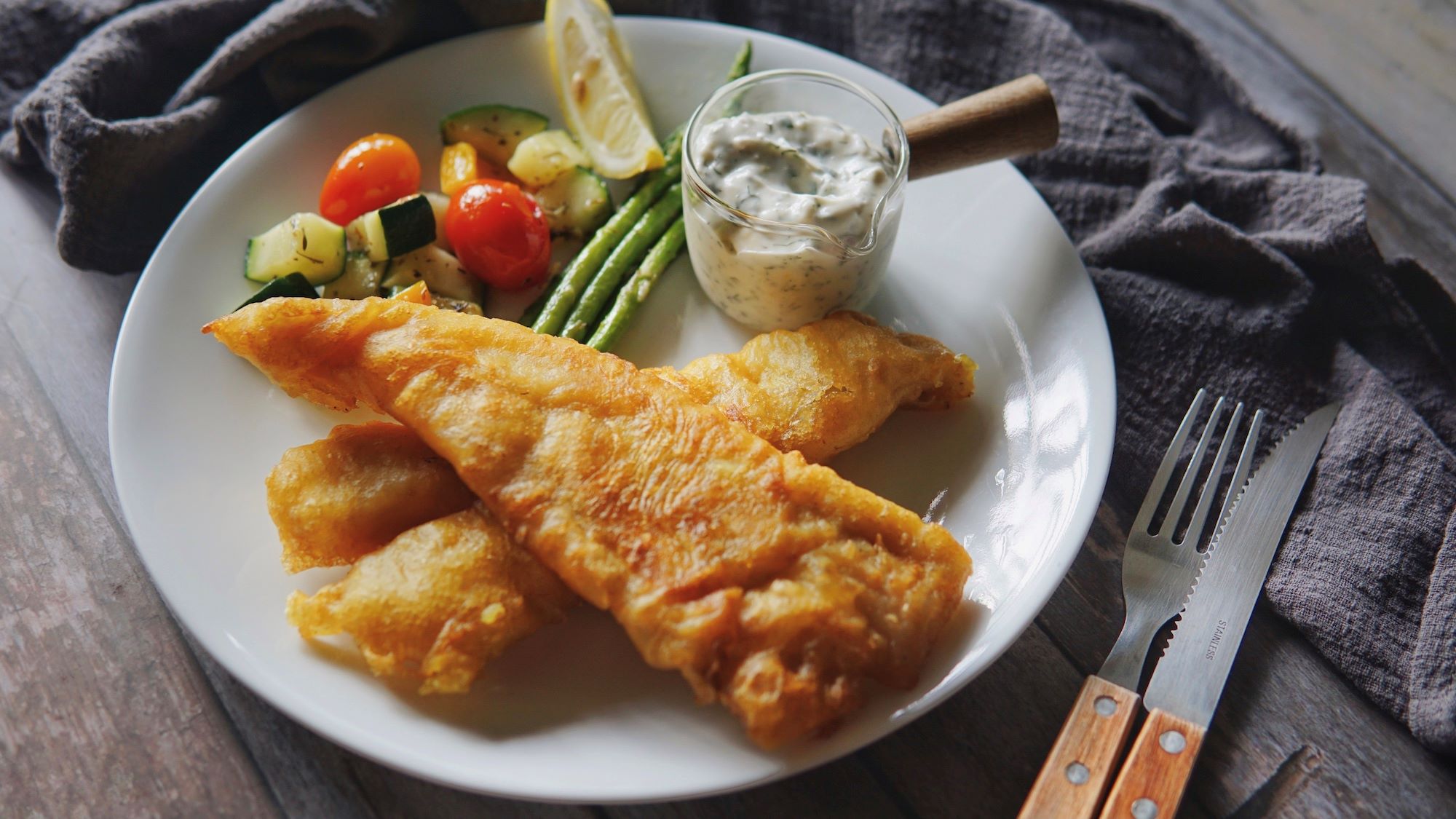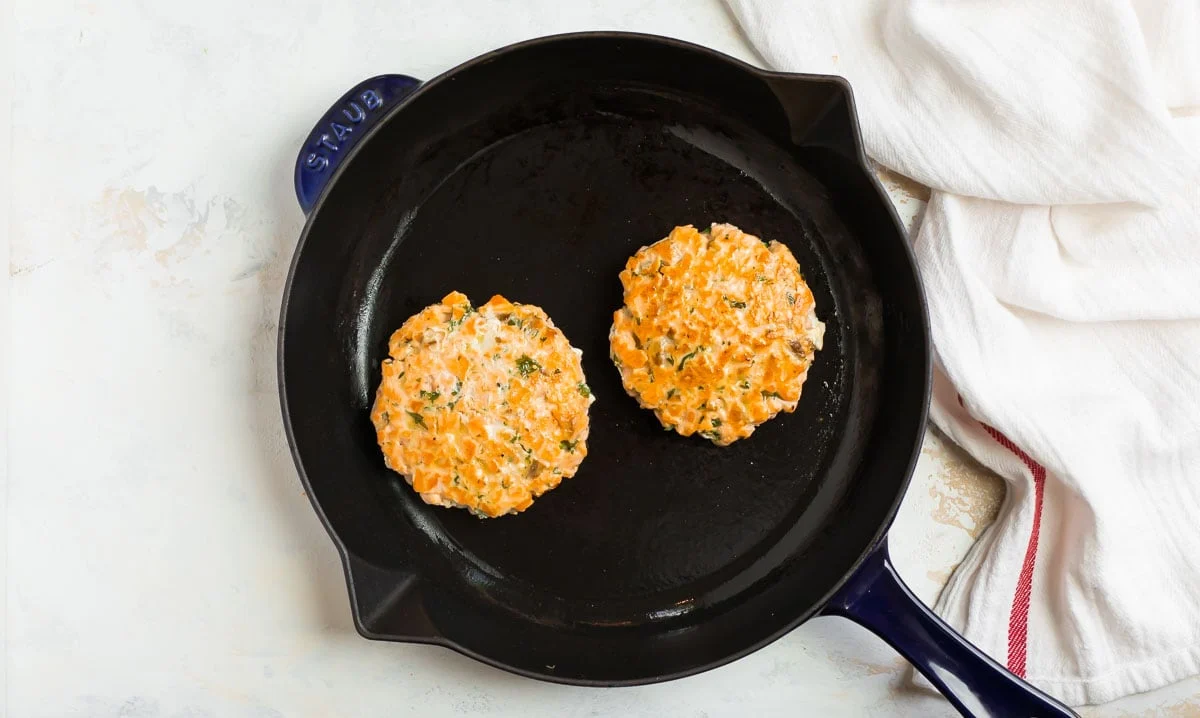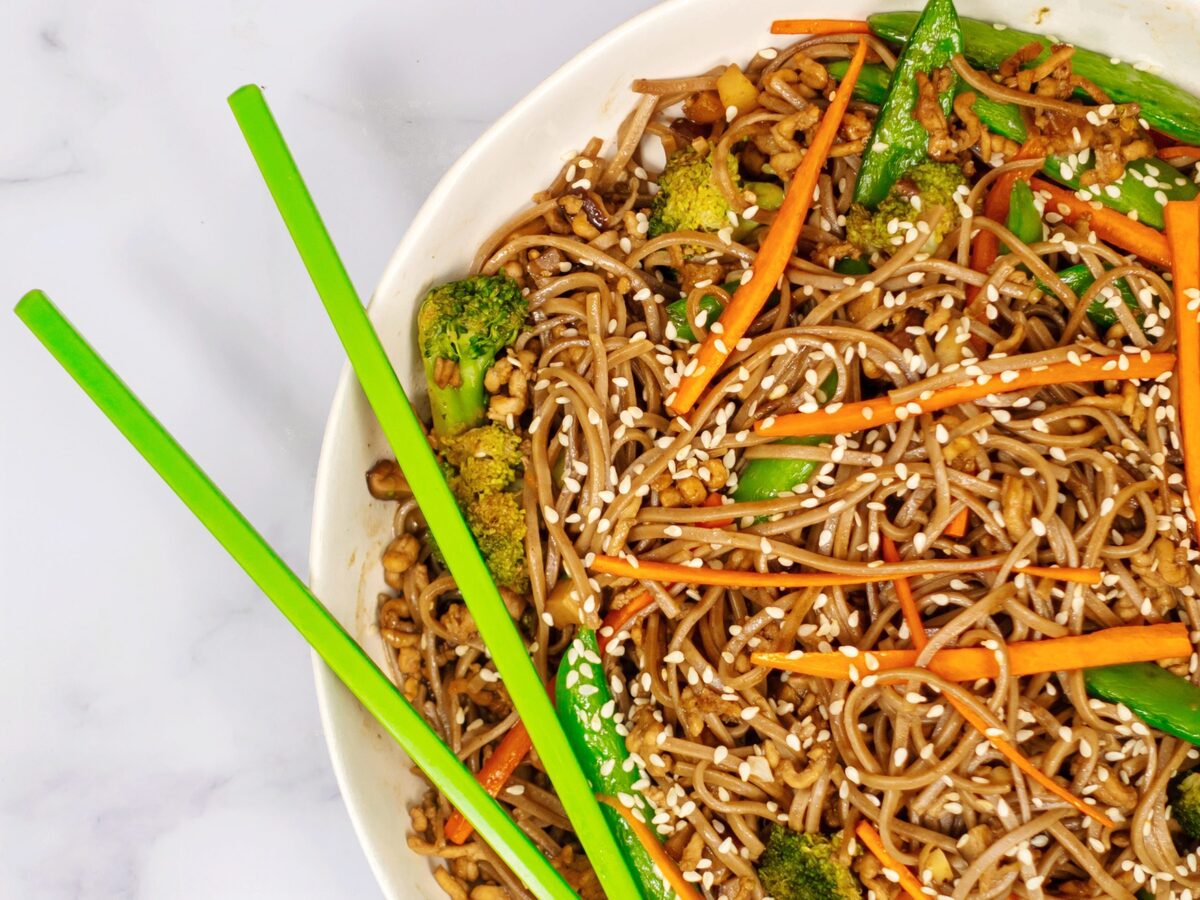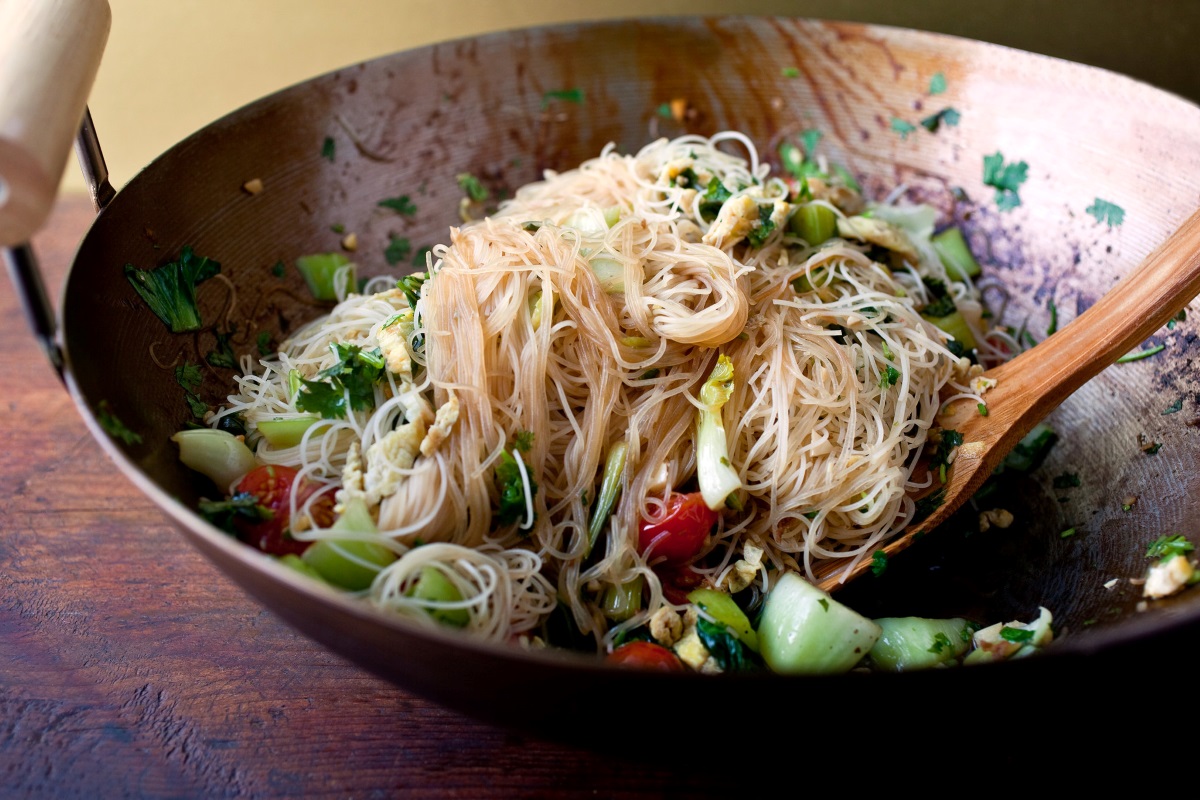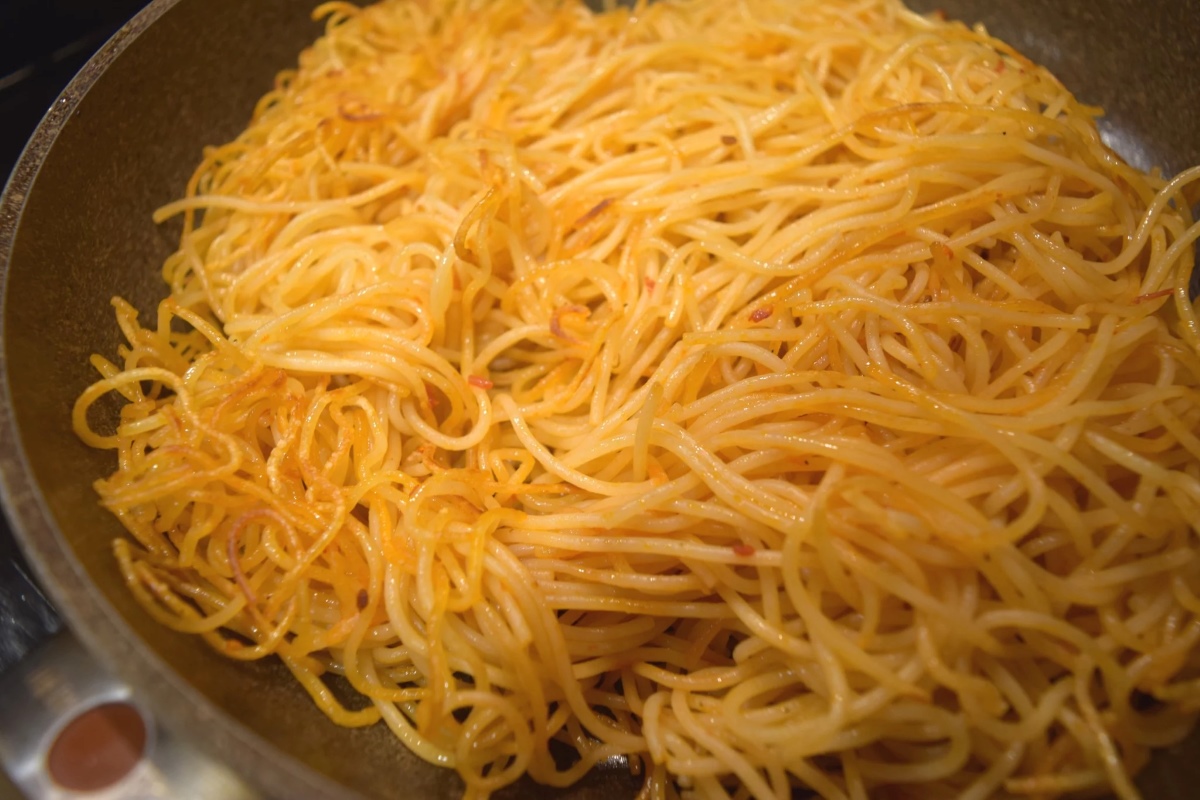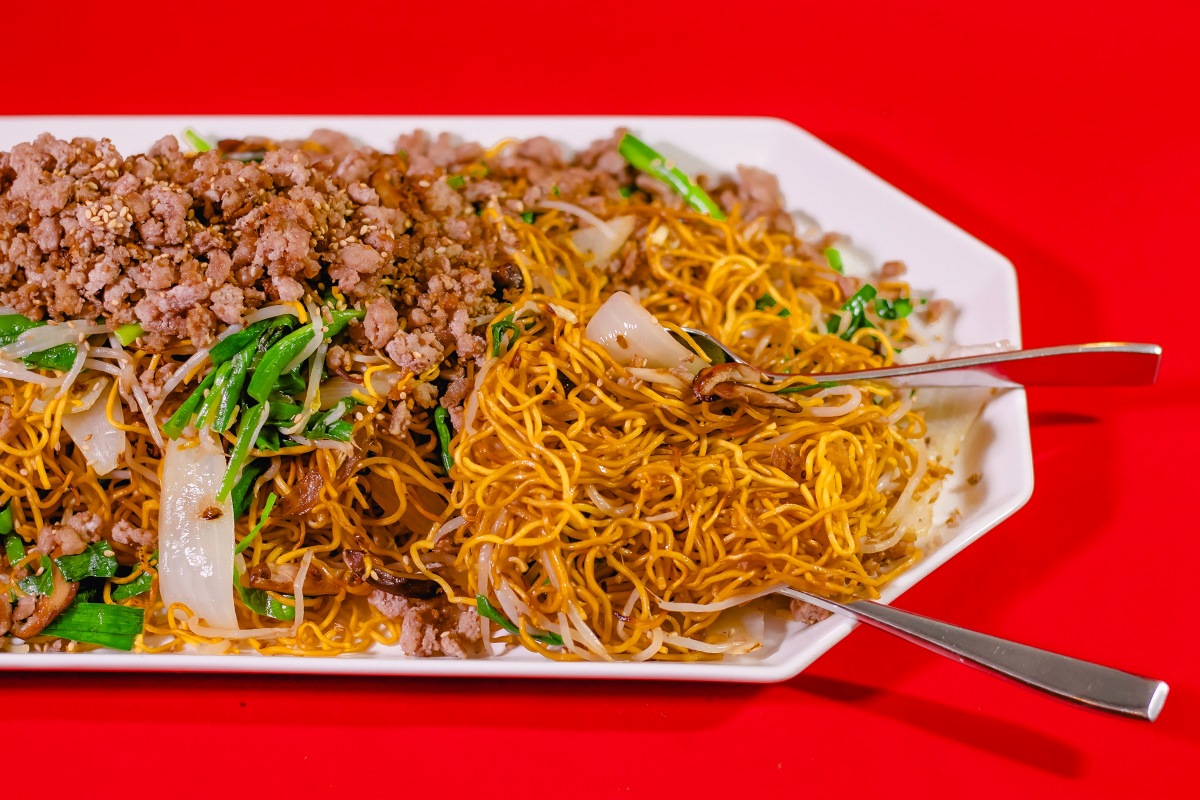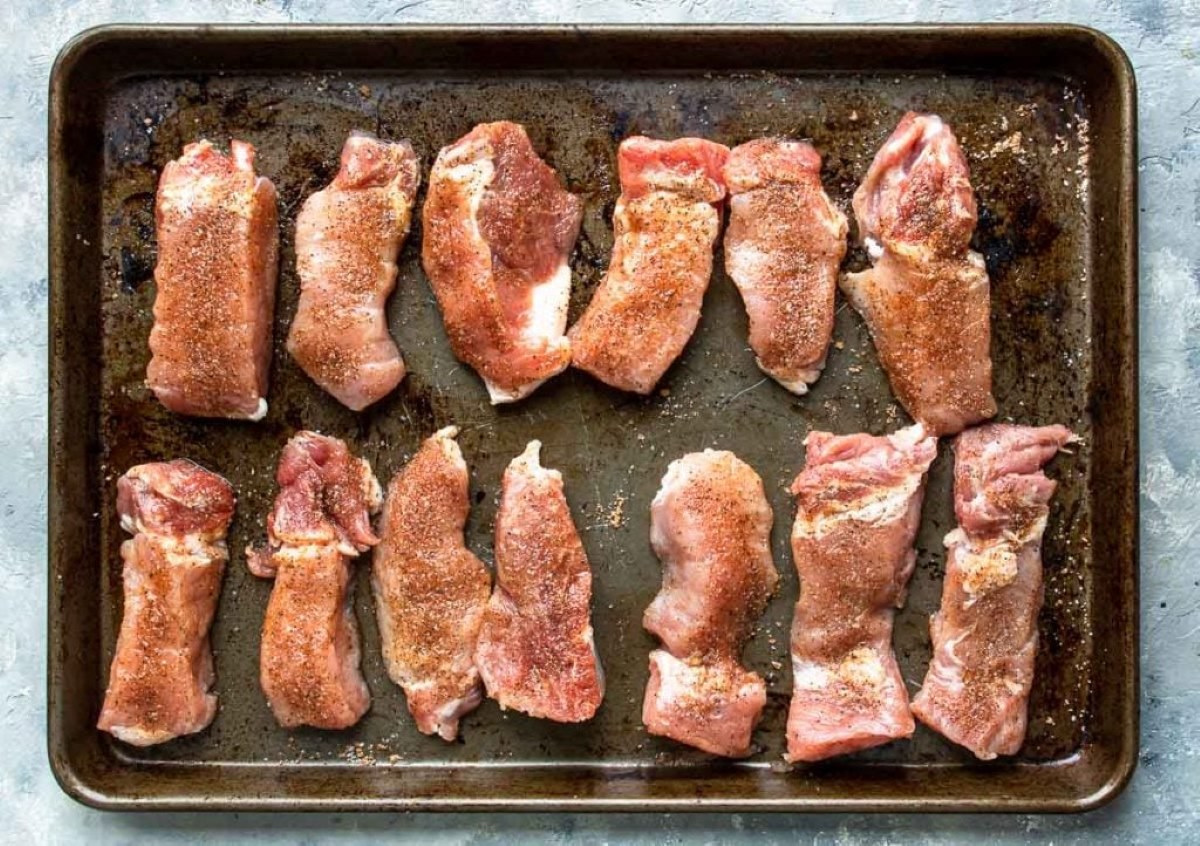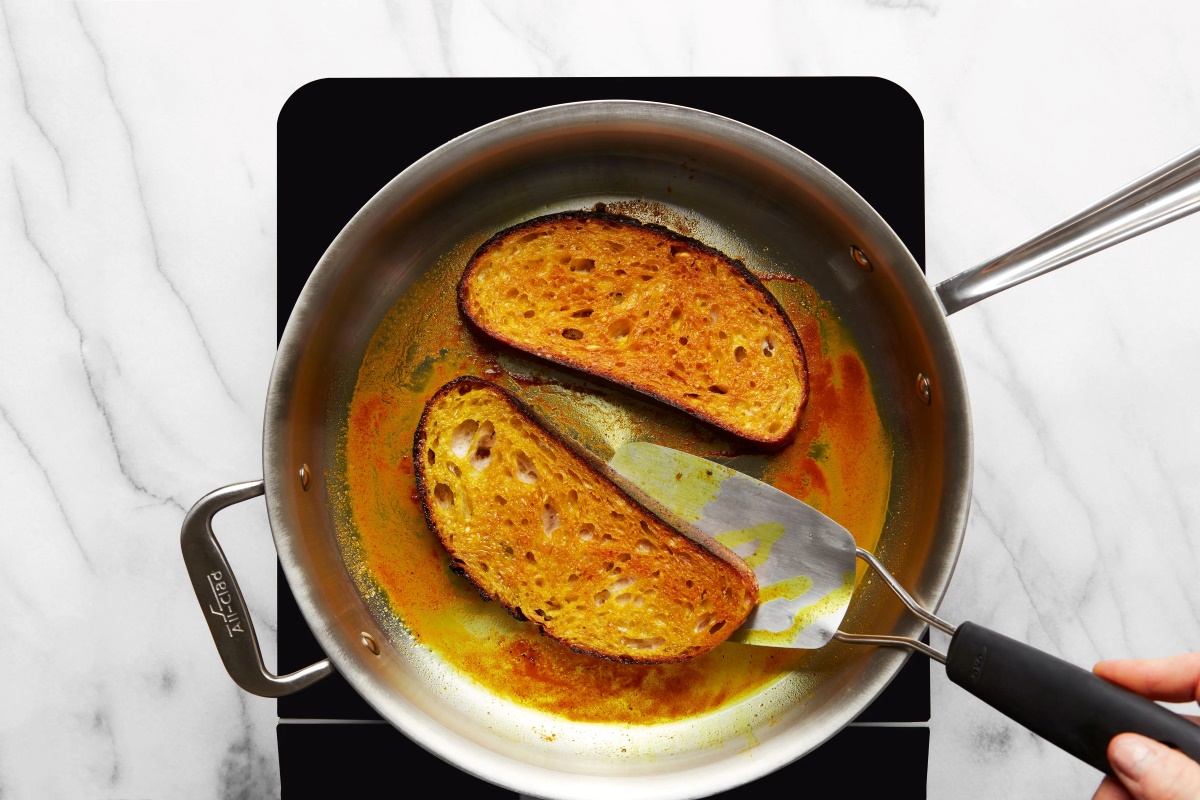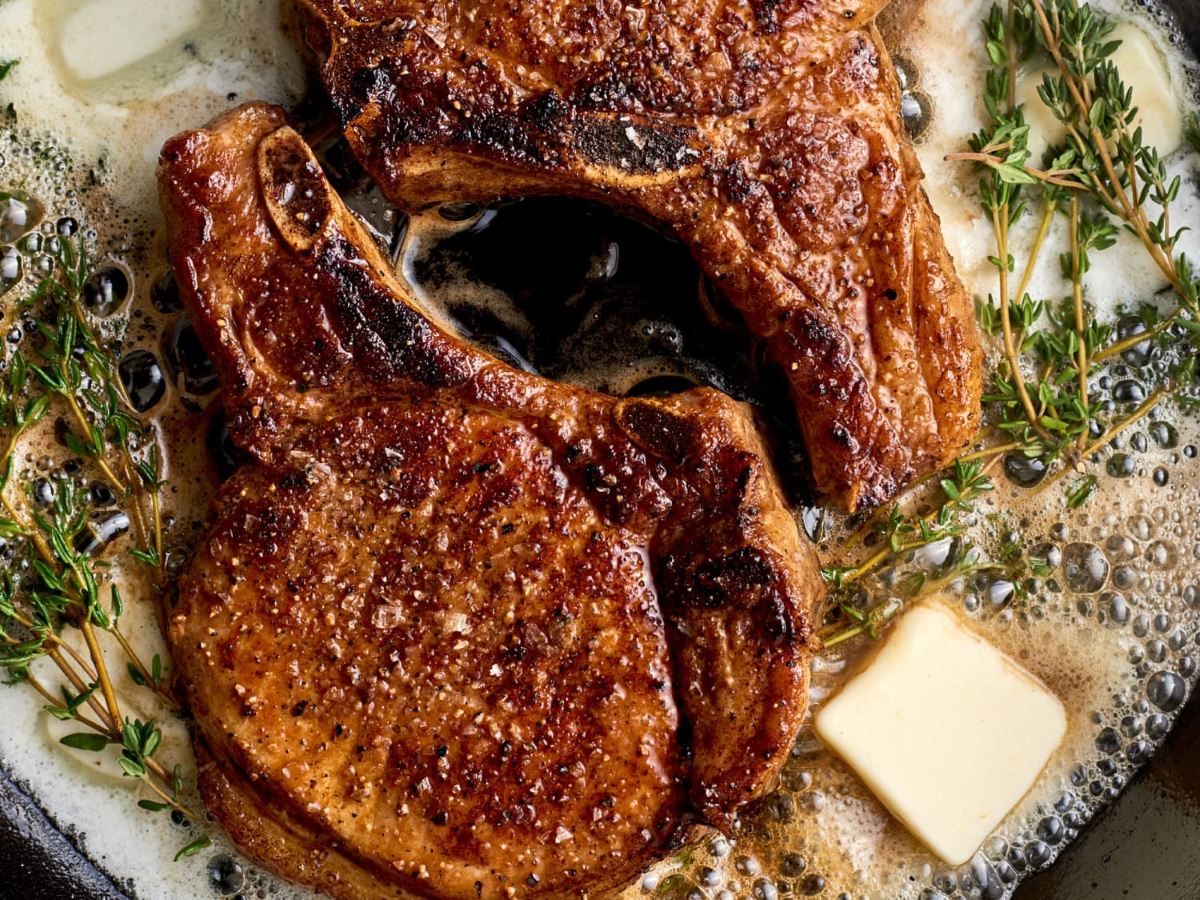Pan-frying salmon cakes is a delightful way to enjoy a seafood favorite with a crispy exterior and a tender, flavorful inside. Perfect for a quick dinner or a fancy brunch, these cakes are versatile and can be adapted to include various herbs and spices for an extra flavor kick. Whether you're a seasoned chef or just starting out in the kitchen, mastering the art of pan-frying salmon cakes will add a delicious and impressive dish to your culinary repertoire. Let's dive into the steps and tips to ensure your salmon cakes are cooked to perfection every time.
Gather Your Ingredients
- 15 oz canned salmon, drained
- 1 large egg
- 1/2 cup breadcrumbs
- 1/4 cup finely chopped onion
- 1/4 cup finely chopped bell pepper
- 2 tablespoons mayonnaise
- 1 tablespoon Dijon mustard
- 1 teaspoon lemon juice
- 1/2 teaspoon garlic powder
- 1/4 teaspoon salt
- 1/4 teaspoon black pepper
- 2 tablespoons olive oil for frying
Essential Tools for Perfect Salmon Cakes
- Mixing Bowl: For combining salmon, breadcrumbs, and seasonings.
- Frying Pan: Preferably non-stick, for cooking salmon cakes to perfection.
- Spatula: Essential for flipping salmon cakes without breaking them.
- Measuring Cups and Spoons: Accuracy matters in getting the proportions right.
- Whisk or Fork: To beat eggs that will bind the ingredients together.
- Plate: Lined with paper towels, for draining excess oil from cooked salmon cakes.
Pan frying salmon cakes requires medium heat to ensure even cooking. Use oil with a high smoke point, like canola or vegetable, for a crispy exterior without burning. Flip gently.
The Secret Behind Delicious Salmon Cakes
Pan frying salmon cakes is a technique that locks in moisture, ensuring flavorful and juicy bites every time. This method allows for a crispy exterior while keeping the inside tender. Using minimal oil, pan frying is also a healthier alternative to deep frying, making salmon cakes a nutritious choice.
Choosing to pan fry salmon cakes not only enhances their taste but also offers a quick and easy cooking solution. Perfect for busy weeknights or a sophisticated brunch, this method brings out the best in salmon, delivering a gourmet experience with simple kitchen tools.
Your Step-by-Step Culinary Adventure
-
Gather Ingredients
- 2 cans of salmon, drained
- 1 egg, beaten
- 1/2 cup of breadcrumbs
- 1/4 cup of finely chopped onion
- 1/4 cup of finely chopped bell pepper
- 2 tablespoons of mayonnaise
- 1 tablespoon of Dijon mustard
- 1/2 teaspoon of garlic powder
- Salt and black pepper to taste
- Olive oil for frying
-
Mix Salmon Cake Mixture
- In a large bowl, combine salmon, egg, breadcrumbs, onion, bell pepper, mayonnaise, Dijon mustard, garlic powder, salt, and black pepper.
- Mix ingredients thoroughly until well combined.
-
Form Cakes
- With clean hands, form the mixture into patties. Each should be about 1/2 inch thick.
-
Preheat Pan
- Heat a large non-stick skillet over medium heat. Add enough olive oil to lightly coat the bottom of the pan.
-
Fry Salmon Cakes
- Once the oil is hot, carefully place salmon cakes in the skillet.
- Cook for about 3 to 4 minutes on each side or until golden brown and crispy.
- Avoid overcrowding the skillet; fry in batches if necessary.
-
Drain Excess Oil
- After frying, transfer salmon cakes to a plate lined with paper towels to drain any excess oil.
-
Serve
- Serve salmon cakes hot, with sides or sauces of your choice.
Mastering the Art of Salmon Cakes
Pan-frying salmon cakes is a simple yet delicious way to enjoy seafood. With the right mix of ingredients and a bit of patience, you can create a meal that's both nutritious and flavorful. Remember, choosing fresh salmon and combining it with the perfect blend of spices will elevate your dish. Don't forget to keep that skillet at the right temperature; too hot, and your cakes might burn, too cool, and they won't get that desirable crispy exterior. Practice makes perfect, so if your first batch isn't flawless, don't be discouraged. Each attempt will bring you closer to making restaurant-quality salmon cakes right in your own kitchen. Serve them with a side of fresh greens or a tangy sauce for an extra kick. Happy cooking, and enjoy the savory journey of perfecting your salmon cakes!
All Your Questions Answered
How long does it take to pan fry salmon cakes?
Cooking up salmon cakes in a pan is quick and easy. You're looking at about 6 to 8 minutes on each side over medium heat. Just make sure they're golden brown and crispy before taking them off the heat.
What's the best type of salmon to use for salmon cakes?
Fresh or canned salmon works wonders for this dish. If you're aiming for convenience, canned salmon is your go-to. For a fresher taste, though, nothing beats fresh salmon that you've cooked and flaked yourself.
Can I make salmon cakes without breadcrumbs?
Absolutely! For a gluten-free option, you can swap out breadcrumbs with almond flour or crushed crackers. These alternatives help keep your cakes together and add a nice texture.
What are some good seasonings for salmon cakes?
Don't hold back on the flavor! Dill, parsley, and chives are great for a fresh, herby taste. For a bit of kick, a dash of paprika or cayenne pepper does the trick. And don't forget the salt and pepper to taste.
How do I prevent my salmon cakes from falling apart?
Keeping your salmon cakes intact is all about the binder. Make sure you're using enough egg and breadcrumbs (or your chosen substitute) to hold the mixture together. Also, let them chill in the fridge for about 30 minutes before frying; this step is a game-changer.
What's the best way to serve salmon cakes?
Salmon cakes are versatile. Serve them on a bed of greens for a light meal, or sandwich them between buns for a hearty salmon burger. They're also fantastic with a side of tartar sauce or a squeeze of fresh lemon juice.
Can I store and reheat leftover salmon cakes?
Sure thing! Store your leftovers in an airtight container in the fridge for up to three days. When you're ready to enjoy them again, reheat in a pan over medium heat until they're warm throughout. This method helps keep the outside crispy.
Was this page helpful?
Read Next: How To Pan Fry Breaded Salmon
